James Gunn’s long-awaited first slate announcement as co-Chair of DC Studios was an enticing mixed-bag drawing on many parts of the vast DC multiverse. It’s set to pick up elements of the DCEU that worked alongside and reinterpret other pieces for a new and cohesive universe. It’s no surprise that fresh takes on characters like Superman and Batman will set the path of the DC Universe, but other names Gunn mentioned were a surprise — particularly The Authority.
The Authority is part of the Wildstorm universe, a comics imprint that contributed hugely to defining 21st-century comic books. The question is, how can Wildstorm play any role, let alone an early one, in the new multimedia DCU?
Wildstorm and the Modern Age of Comics
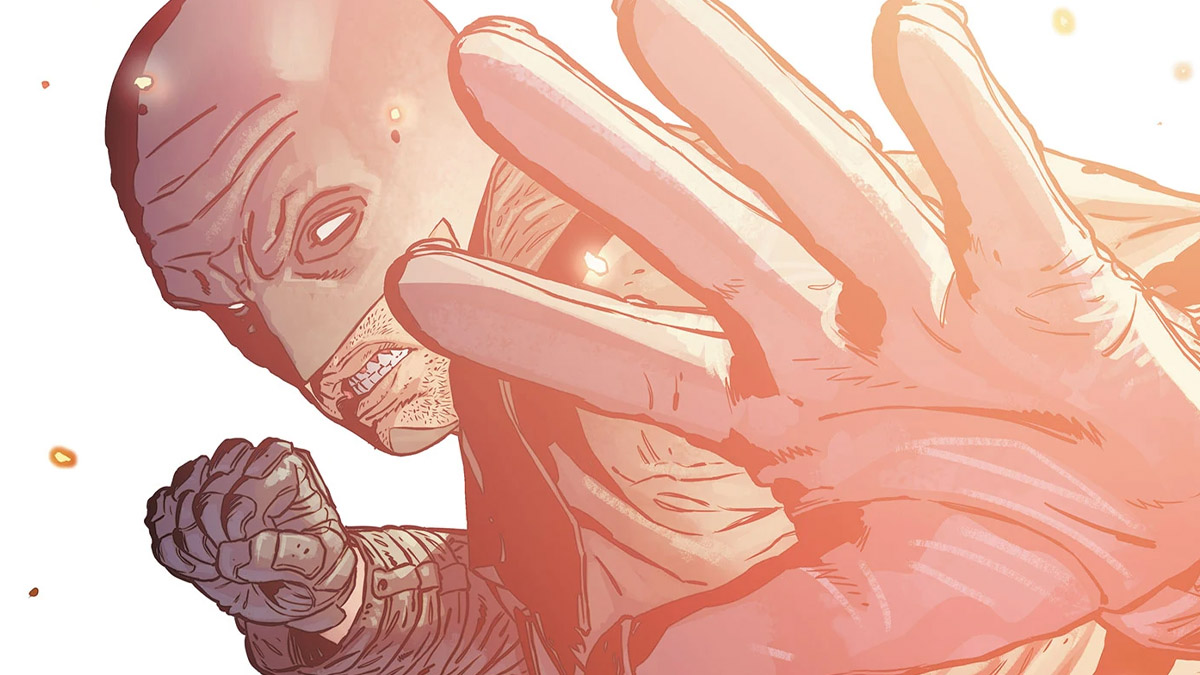
The Modern Age of Comics is best known for darkening comics and opening their appeal to a broader audience on the back of industry-changing titles like Alan Moore and Dave Gibbons’ Watchmen and Frank Miller’s Dark Knight Returns. Perhaps its most significant impact was empowering comic creators over publishers. We’d had astounding, legendary, and irreplaceable creators before — Stan Lee, Jack Kirby, Julius Schwartz, Jerry Siegel, and Joe Shuster are just a handful — but the ’90s was when writers, and particularly artists, became superstars.
Jim Lee and Brandon Choi were two of those, and the pair set up Wildstorm as a founding studio of Image Comics in 1992. Image remains the third biggest name in American comics and still operates on the principle that set it apart from DC Comics and Marvel in the 1990s for publishing creator-owned comics.
Unsurprisingly, it was set up in California, far from the Big Two publishers’ original New York base, and founded by artists who had discovered how the comics industry worked the hard way. Founding names included Whilce Portacio, Jim Lee, Erik Larsen, Rob Liefeld, Todd McFarlane, Marc Silvestri, and Jim Valentino.
However, Lee and Choi’s Wildstorm proved to be Image’s extraordinary success (excepting McFarlane’s Spawn, which is still riding high). Wildstorm produced commercially successful comics that vindicated Lee’s decision to bring in new talent rather than lure established names from its rivals.
Wildstorm’s early titles
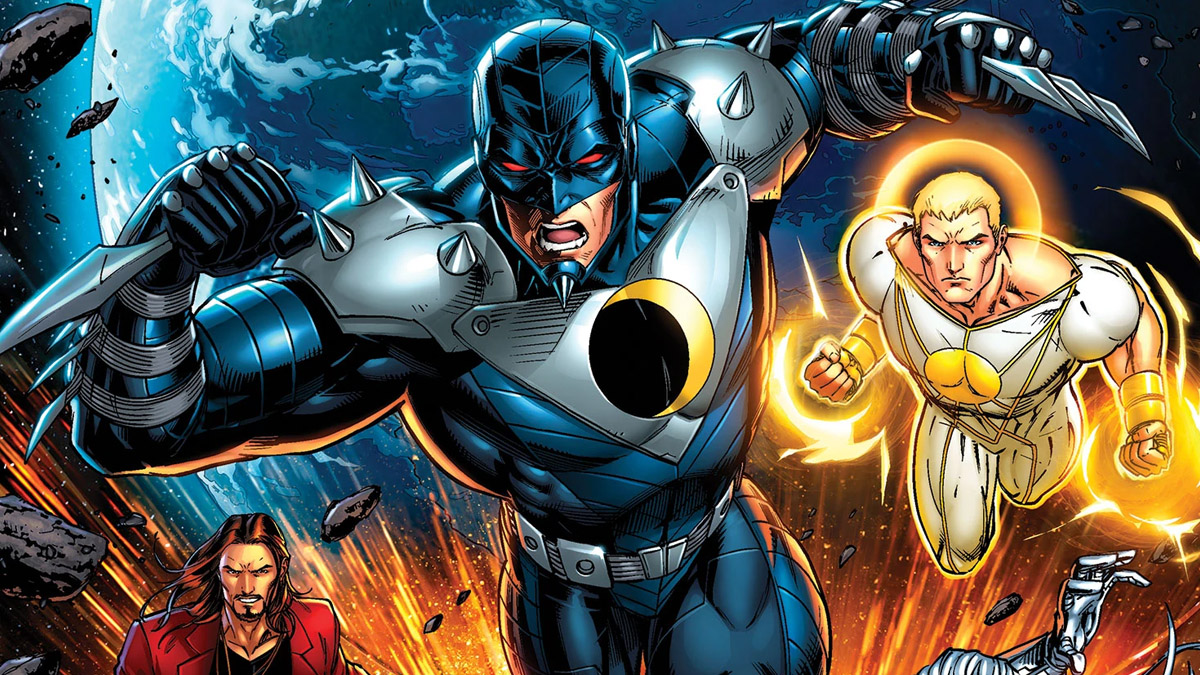
Wildstom introduced us to some unique teams and characters. Gen¹³ featured a teen superteam, and WildC.A.T.s saw an ancient intergalactic war bring superpowers to Earth. Deathblow followed a psychic soldier, while Cybernary introduced a cybernetic antihero. Wetworks was another team title, this time about a group of black operative soldiers bonded with power-giving golden symbiotes who specialized in taking out supernatural threats.
Perhaps the most influential was Stormwatch, a series about a secretive superteam directed from a satellite base that took on dangerous threats that other superheroes didn’t even know were out there.
Wildstorm and DC
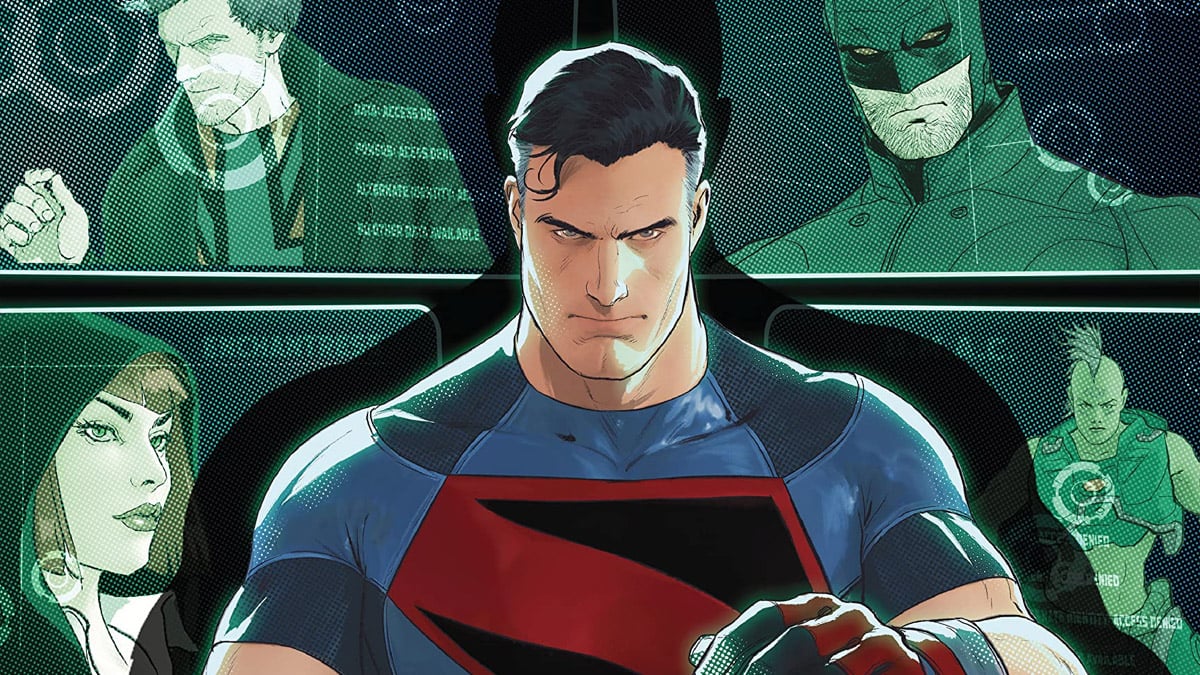
In the late 1990s, the comic book industry went through one of its periodic slumps, and Jim Lee sold the imprint to DC Comics. The comics giant retained the label name and properties, distinct from its multiverse, and that’s where Wildstorm really asserted its name.
Under DC, WildStorm launched a further imprint called America’s Best Comics, showcasing Alan Moore’s work. Too much? Not when it led to The League of Extraordinary Gentlemen, Promethea, Tom Strong, Top 10, and more
Continuing its more conventional lines, Wildstorm continued to showcase some of the hottest new names in comics. That’s where The Authority came in — like an unstoppable force.
Writer Warren Ellis dovetailed his earlier work with Wildstorm with a new superteam, The Authority. Picking up the pieces from the decimated Stormwatch, this team lived up to its name. It answered the question: What if the Justice League decided to run things?
The Authority was a violent and satirical collective that lived by one rule — not compromising on its mission to improve the world. It was a mash of Silver Age ideals and the creeping nihilism of 1990s comics. But as much as it was a pastiche of comics, it had staying power. Having established the team, Ellis handed the title to future Marvel-supremo Mark Millar. Wildstorm’s reach expanded when Ellis and artist Cassaday spun Planetary out of The Authority — a pop-culture-heavy book in a universe continually referencing the gamut of comic book history.
Wildstorm has long been a dynamic universe that’s balanced an ability to influence and stretch mainstream comics while burning itself out quickly. It’s the punk part of comics, which DC must have realized when, In 2010, it shut the imprint down with the promise that the characters and superteams would return.
Sure enough, Wildstorm re-emerged in 2011 when the New 52 initiative folded it into the DC multiverse. Jim Lee was co-publisher to DC at the time, and a new horizon appeared for his old stable of properties that seemed wildly opposed to what DC represented. Fortunately, the initiative worked. Wildstorm had lost some of its clout in creating new and influential properties, but pairing up characters like the Authority’s Midnighter — a violent, uncompromising, and gay analog of Batman — with Dick Grayson proved that it could work well.
More recently, Wildstorm reasserted itself as a reimagined universe curated by influential figure Warren Ellis. Titles — including The Wildstorm and a reimagined Wildcats — ground to a slow halt within two years, not least because of the accusations against Ellis.
Slowed release and ultimate cancellation aren’t new to comics, but Wildstorm, as its well-chosen name suggests, can’t be contained for long. A high-profile return to the universe came in 2021 with Grant Morrison’s Superman and the Authority. The four-issue run put paid to a long-standing rumor that DC’s beacon would turn dictator and assume command of the Authority. A firm believer that Superman could never become authoritarian, Morrison devised a scenario where an aging Big Blue has no choice but to draw on the skills of the Authority’s antiheroes. In it, Superman recruited Midnighter and his husband, the Superman-analog Apollo, to his edgy new team. Manchester Black was present and correct, too — a character who originated in DC but fits right in with the Wildstorm punk aesthetic. The Authority heavily influenced his original JLA-baiting superteam, the Elite. Other enticing dips include 2022’s Waller vs Wildstorm.
Superman’s return to Earth in 2023’s comics and reinvention of Action Comics #1050 saw Black meet a sticky end. We can only hope the edgy British psychic is due some better luck if he joins the Authority.
James Gunn and Peter Safran’s new DCU and its first chapter, God and Monsters, puts Wildstorm’s comic innovation at the center from the start. Just as the uncompromising superteam likes it, the Authority looks to be beating a new look Justice League to the punch.



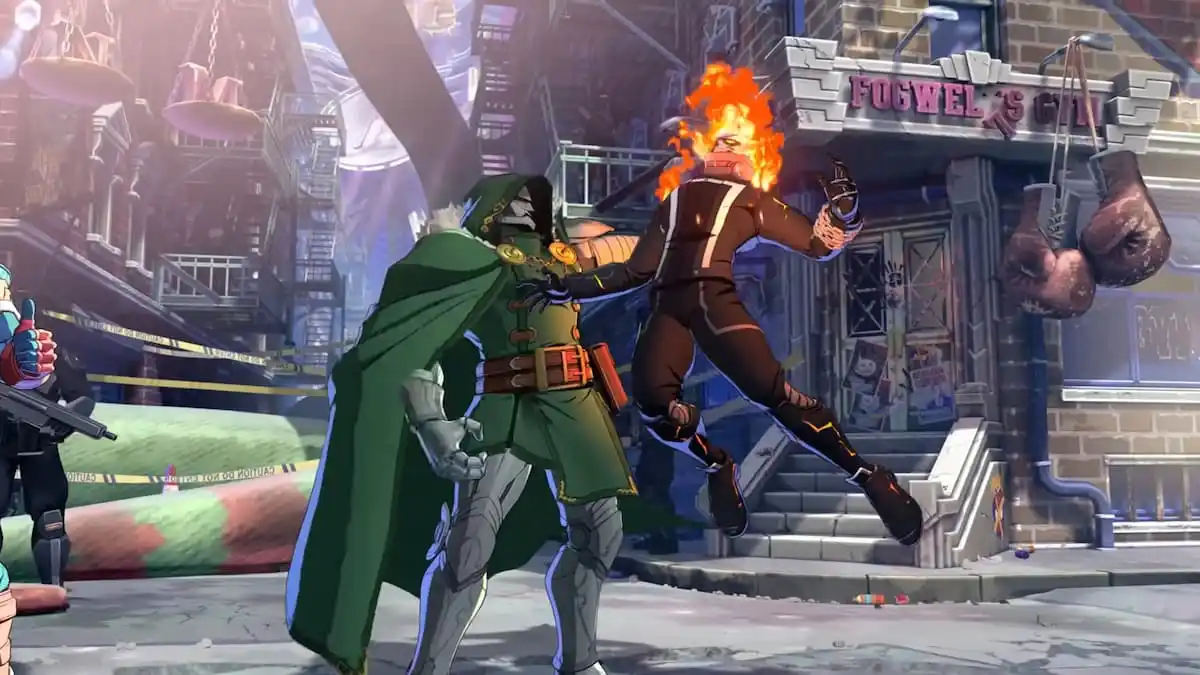


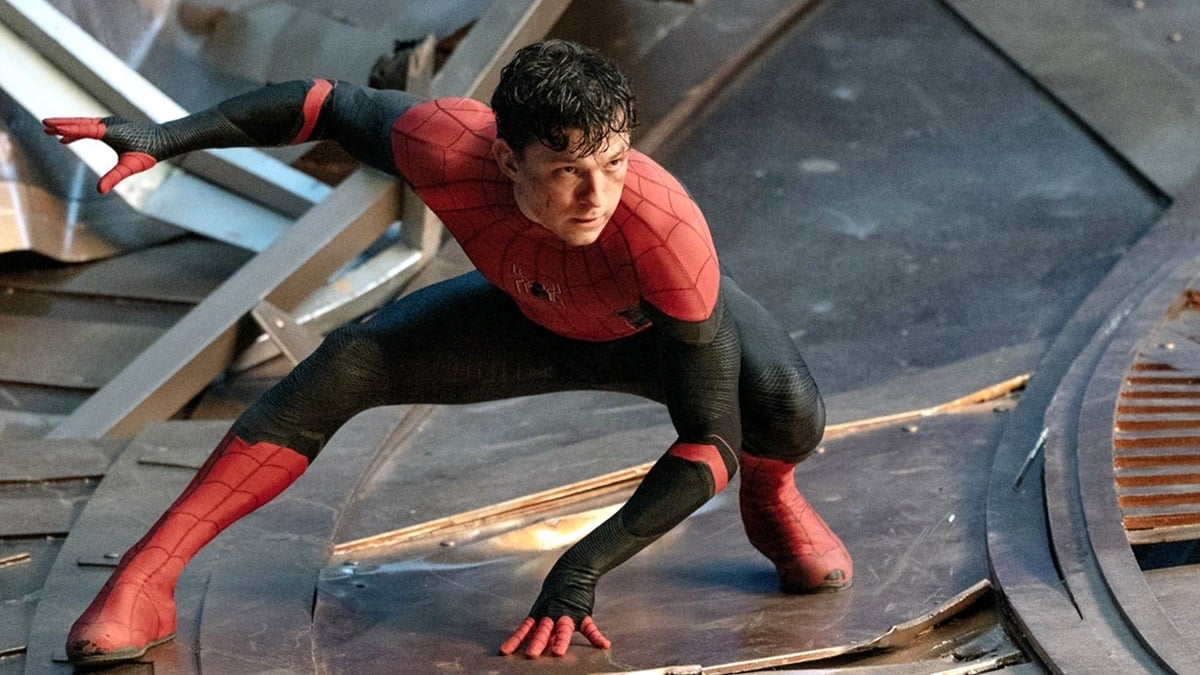
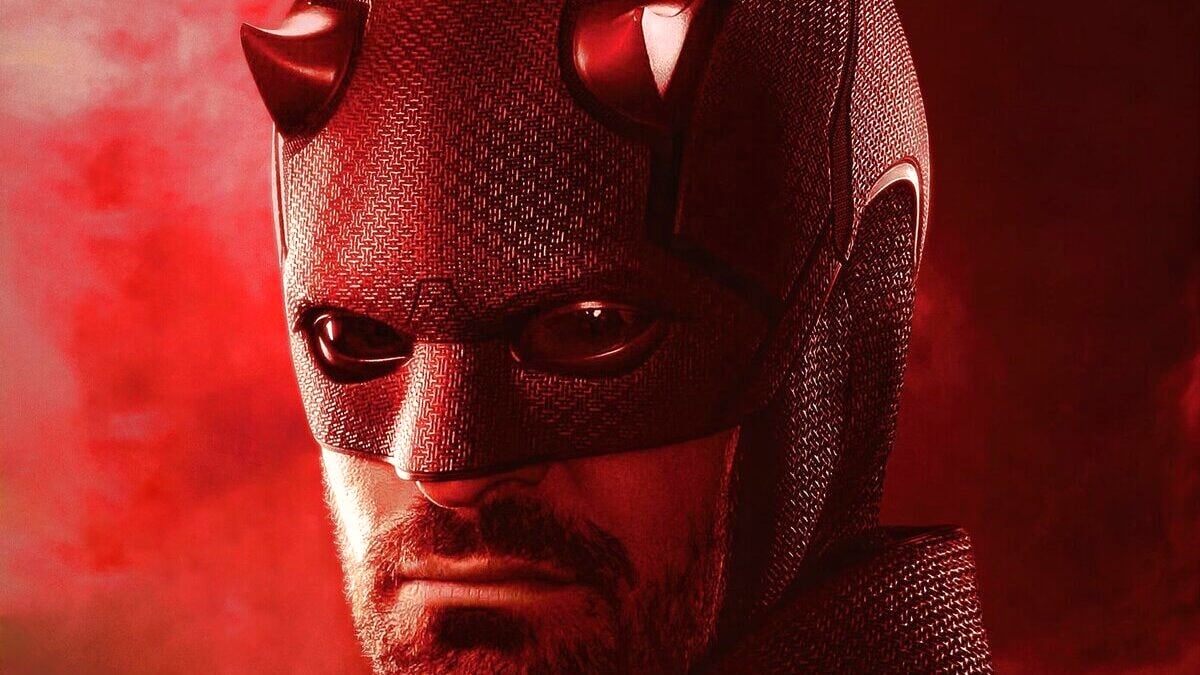
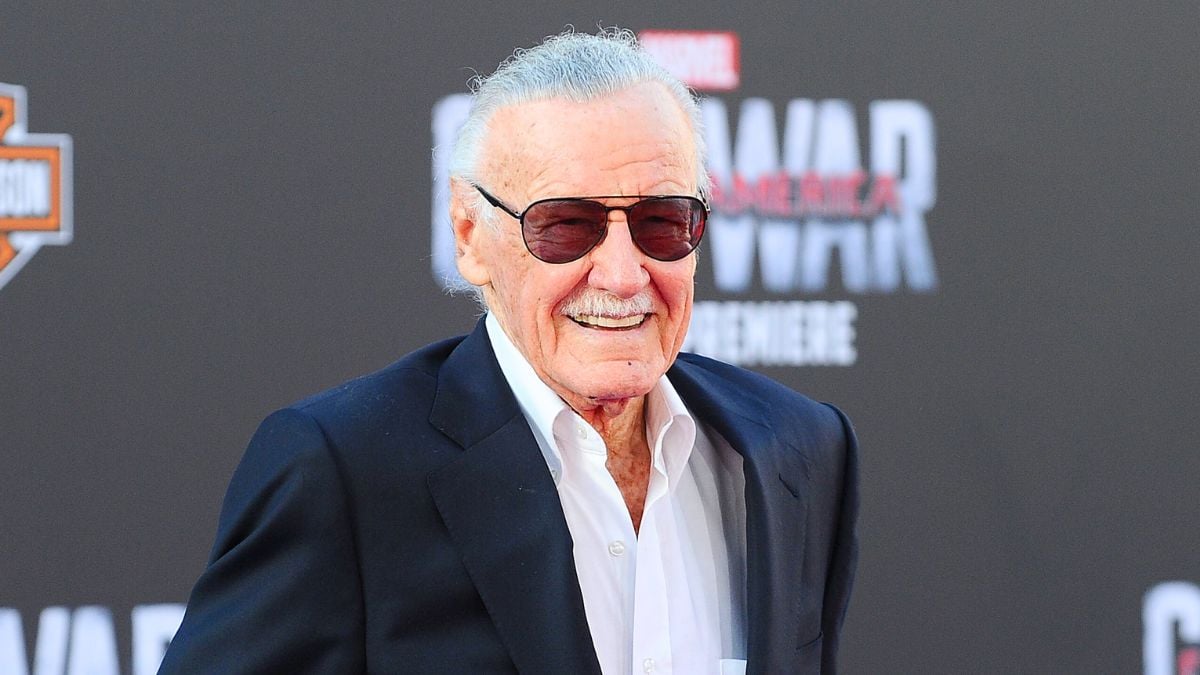
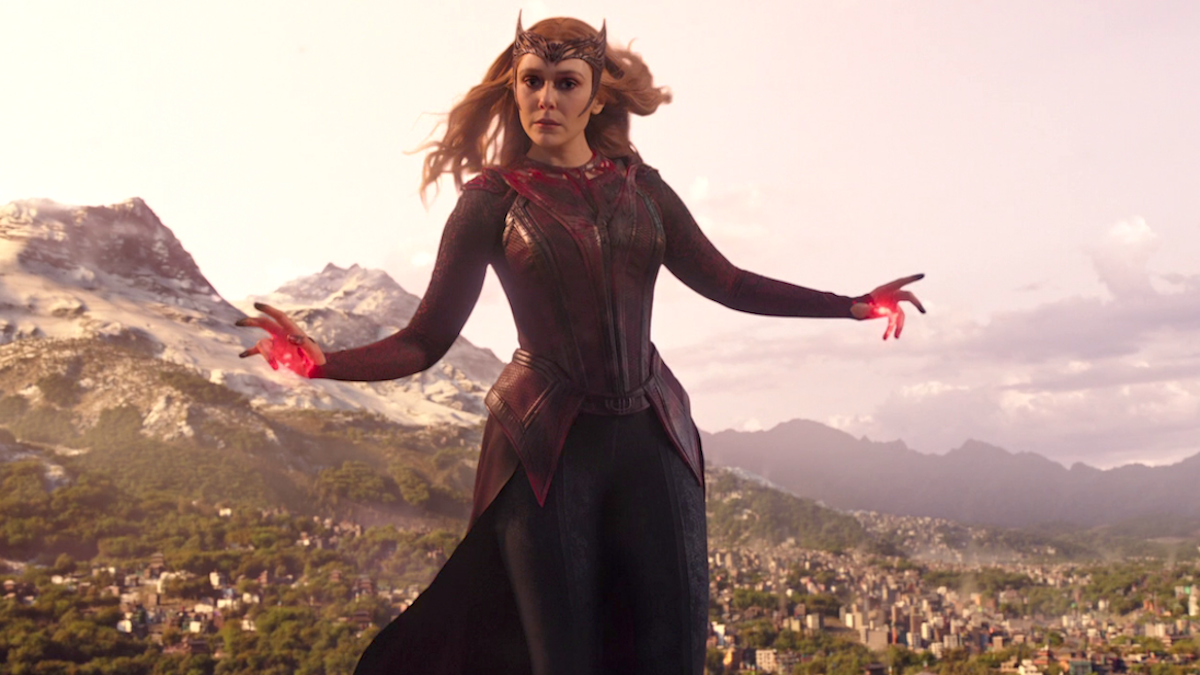

Published: Jan 31, 2023 06:01 pm